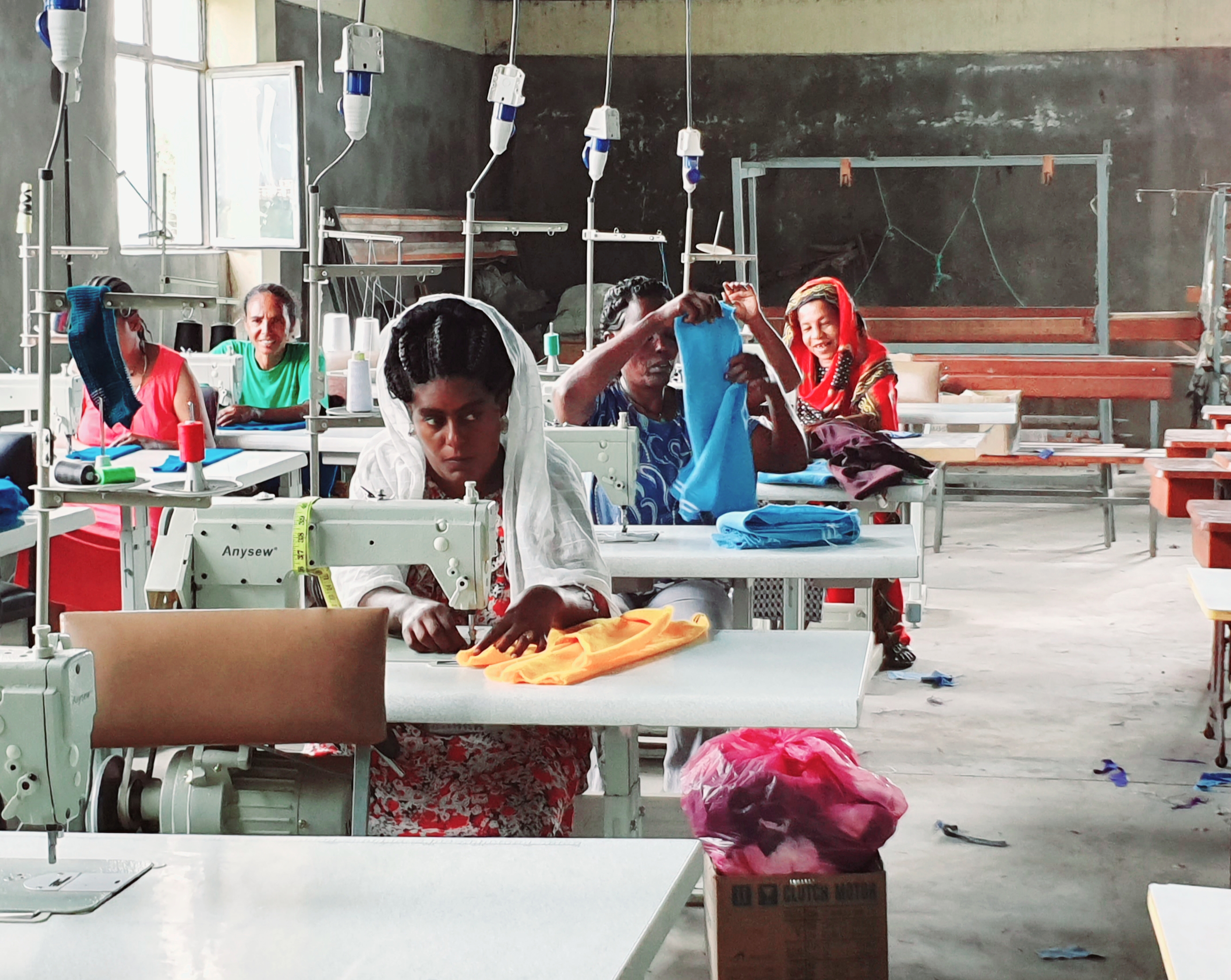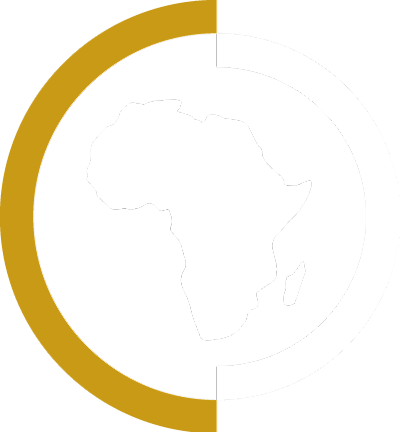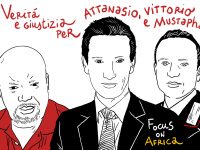In Bukavu, a woman protests in the streets against the authorities; the police shoot and…

Ethiopia, a Population of 102 Million, 70% under the Age of 25. A Country Seeking the Future
It has a population of 102 million, of which 70% are under the age of 25. There are 80 different ethnic groups, ninety different languages. It has an area that covers 1,100.00 sq. km. It is landlocked and borders with Eritrea, Djibouti, Somalia, Kenya, Sudan and South Sudan.
This is Ethiopia. A country currently faced with one of the sliding doors in its history.
Ethiopia is a very underdeveloped country. In the capital city of Addis Ababa, slums mushroom even in the downtown areas. One can see the poverty first-hand across the country in the deserted areas and the few agricultural zones where subsistence farming is provided by bare-boned livestock, a few small crops and banana trees. The only means of transport is by donkey. It is the country with the highest risk of AIDS. It is where millions of deaths are caused by this terrible disease leaving millions of sick children orphaned. It is the place where drinking a sip of water is a risk and where 10% of children die before they reach their first birthday because of contamination.
It is the country where, after 27 years of being governed by the Ethiopian People’s Revolutionary Democratic Front (EPRDF), Abiy Ahmed, protestant son of a Muslim father and a Christian Orthodox mother, with a degree in philosophy and a former member of the military forces, was elected new Prime Minister in April 2018. He speaks some of the country’s ethnic languages and this allows him direct contact with the various groups. He presents his mystical vision between peace and love and evokes memories of Martin Luther King.
[ngg src=”galleries” ids=”2″ display=”basic_slideshow” autoplay=”0″ arrows=”1″]Abiy is the new face of Ethiopia. Italy, the European Union and the world’s leading players like the United States and China, are betting on this country and its new government that immediately worked to make changes on regional, national, and international levels. Addis Ababa is also the headquarters of the African Union. Embassies and organizations from all over the world have offices there. The Prime Minister immediately presented himself as a modern leader: a continental leader in addition to a local one.He started to work right away on a regional level in his first speech given on April 2, 2018. He immediately reached out to the country that had represented the enemy for 20 years, Eritrea, and opened a channel of negotiations with its President, Isaias Afewerki (with the secret hope, according to sources, of having an outlet to the sea at Massawa Port or Djibouti). His good intentions, however, were not seen as practical resolutions. So much so that in May, the Eritreans closed the borders again.
Abyi Ahmed ‘s image is very powerful in the area and he was recently invited to Sudan by the Intergovernmental Authority on Development (IGAD) for the Horn of Africa to attempt mediations between the military government in power after former President Omar al-Bashir was ousted, and the Forces of Freedom and Change, an alliance of opposition groups. It is an arduous task because it is not only a mediation between oppositions and military forces, but a political question to find common ground between the powers that support each side; reconcile Saudi Arabia, the Arab emirates and Egypt who support the military forces and Qatar, Turkey and Iran who want to overthrow the regime in power but certainly not to put it in the hands of protestors.
He dealt with the South Sudan issue that had been mired for years; Ethiopia gave land to other regions like Uganda and Sudan, leaving the impression of a leader who cares deeply about regional stability. But in Sudan, and especially in Egypt, the dispute over the Great Ethiopian Renaissance Dam (GERD) remains. As soon as the project is completed, it will be the largest dam in Africa and the seventh largest in the world. It is located on the Blue Nile, one of the largest tributaries of the Nile, a few kilometers from the Sudanese border. Egypt has stressed its concern about having to depend on Ethiopia for water supply because the single owner of the dam is Ethiopia who will sell the energy produced by it to other countries and, once it is in full operation, with 6,000 megawatts, it will also provide power equal to the entire Horn of Africa!
On June 10, 2018, Egyptian President Al Sisi and Prime Minister Abiy Ahmed signed an agreement for a more productive and close collaboration, but the problems remain, especially on social issues. In order to make space for the large reservoir – that will be filled to full capacity anywhere between 5 and 15 years and will provide about 7,000 tons of fish annually – the local population will be stripped of the forest that is a source of food, medicinal plants and building material. Moreover, the implementation of the project forced over 20,000 people to relocate.
Construction of the dam also opened the international economic and financial scenario in Ethiopia. The total cost of the work is about $4.8 billion and is financed in part by Chinese banks ($1.8 billion) and the Ethiopian government ($3 billion, the highest investment in Ethiopian history). The project was designed by Salini Impregilo Costruttori, an Italian construction and civil engineering company.
China has relieved Ethiopia of the interest rates on its debt until 2018, and developed the railroad that goes from Djibouti (where it also established a military base beyond its borders) to the capital city of Addis Ababa, thereby providing the outlet to the sea that the country was lacking. China also funded the construction of major road arteries and new infrastructures like the waste-to-energy facility in Addis Ababa, the first in Africa, built by the British company, Cambridge Industries, and a consortium of Chinese contractors that include Cambridge Industries Ltd (CIL) and the China National Electric Engineering Co. (CNEEC).
The plant can handle 1,400 tons of urban waste per day and produce 185 GW/hour of electricity per year. Out of operation for a few months after its inauguration in August 2018 due to “contractual obligations”, it began to operate again in May 2019.
China is so involved that while previously there were indigenous people and the “Ferengi” (white people) in Ethiopia, today the “China” have been added thereby highlighting their massive presence in the country; nothing other than the threshold into the African continent.
China is also involved in the small manufacturing industries that have been opened in Ethiopia because labor costs in the country are lower than in Bangladesh, Sri Lanka, and even Kenya. If a worker in China costs €370 a month, in Ethiopia they cost ten times less. And seeing that the country wants to become a hub for the manufacturing industry in Africa by 20125, it has introduced the presence of foreign companies in the sector like H&M, Tommy Hilfiger, Calvin Klein, Levi’s, “Guess”, and Calzedonia.
To attract companies in the sector, the Ethiopian government has granted tax exemption on profits for the first five years of activity and on customs duty on imports of equipment, capital goods and various components. But above all, companies find labor – mainly from rural areas and without any formal training in the sector – for a little less than €20 a month.
Ethiopian legislation does not have a national minimum wage in the private sector (public sector employees earn 420 birr a month, about €13), and unions are under tight government control. It is impossible for private organizations to monitor working conditions unless 90% of the business is financed by Ethiopian capital.
This benefits large textile companies. By exporting their goods from Ethiopia, they can also take advantage of the favorable commercial conditions provided by the USA to Sub-Saharan products through the African Growth and Opportunity Act (AGOA).
Many industries have found their “home” in the Hawassa Industrial Park in the Great Rift Valley, about 300 km south of Addis Ababa. It covers 300 acres, currently employs 23,000 people that will reach 60,000 within the next few years. The cost of the park was 250 million dollars. It accommodates 22 foreign companies. Of the 23,000 workers, about 15,000 are women who come from the surrounding countryside. At the first light of day, there are lines at the entrance gate to the park. Men and women who work for about 20 euros a month; frenetically in high moments of production and not at all in moments of lull. Many of them, especially the girls, can’t take the fast-paced rhythms because many of them have never had any work experience. One of the many women employees in a large warehouse, sitting at a sewing machine, says that in her future she sees, “a raise in her salary and job stability”. She is immediately cut short by the Company Manager. Any request, even in the form of hope, is immediately hushed up.
The other large industrial park is the Eastern Industry Zone, built ten years ago and a few km from Addis Ababa, in Dukem, a small country town. It accommodates 20 companies, all Chinese, that, logically, are among the investors of the parks.
Meanwhile, Prime Minister Abiy Ahmed’s international activism continues and recently, the World Bank granted $350 million in financing – 280 in credit and 70 in donations – to Ethiopia for the development of the pastoral areas where about 11% of the population lives.
The political and economic situation in Ethiopia is also filtered through the press that went through years of hardship. For Prime Minister Abiy Ahmed, information clearly has an important role in society, seeing as one of his first acts was to release hundreds of political prisoners and journalists from prison. In fact, for the first time in 15 years, the prisons are empty. A sign of the state of freedom in the country, which was followed by an important reform for freedom of the press, a new law governing civil society, and a law to institute a new National Electoral Commission entrusted to the former leader of an opposition party imprisoned several times in the past and today responsible for developing the system for the 2020 elections.
In February 2019, according to the FANA news agency, he pardoned 45,875 political prisoners and conscientious objectors after the Ethiopian Parliament’s lower house approved the ratification of the amnesty bill last June.
These are all very important steps for a country that for a long time was confined within the tangled web of Mengistu’s dictatorship and later in 27 years within that of the EPRDF government. Yet journalists are still afraid to talk openly about their work and about the political situation in their country. You are not permitted to tape an interview with them, not voice and even less so video. A sign that there’s still a ways to go.
ITALIAN INVOLVEMENT
A separate chapter is dedicated to Italians in Ethiopia, present in the country since the last century. The events of Italian occupation and colonialism can still be sensed, but they do not affect institutional relationships. So much so that for the first time since the Second World War, a Memorandum of Understanding (MoU) to cooperate in the defense sector was signed in April 2019 by Italian Defense Minister Trenta and her Ethiopian counterpart.
The Italian Agency for Development Cooperation is actively involved with many projects that range from micro-financing in the agriculture and manufacturing sectors, to healthcare assistance projects to fight female genital mutilation and AIDS. There is an interesting agricultural project. Specifically, it is breeding livestock for meat in the Afar region: small photovoltaic systems allow small breeders to slaughter animals and preserve them until they are sold.
Then there are noted Italian developers like Vernero and Elmi who participated in the expansion of Addis Ababa. There’s Salini Impregilo. There are manufacturing companies like Calzedonia.
But Italy is not alone. Other European countries are also involved in cooperation activities and economic agreements, like Germany that, according to institutional sources, has already signed an agreement with the Ethiopian government to open an assembly plant for Volkswagen.
In short, Ethiopia is facing a sliding door in its history and it is also an opportunity for many countries, including Italy, to be involved in the making of what is widely considered to be the continent of the future.




